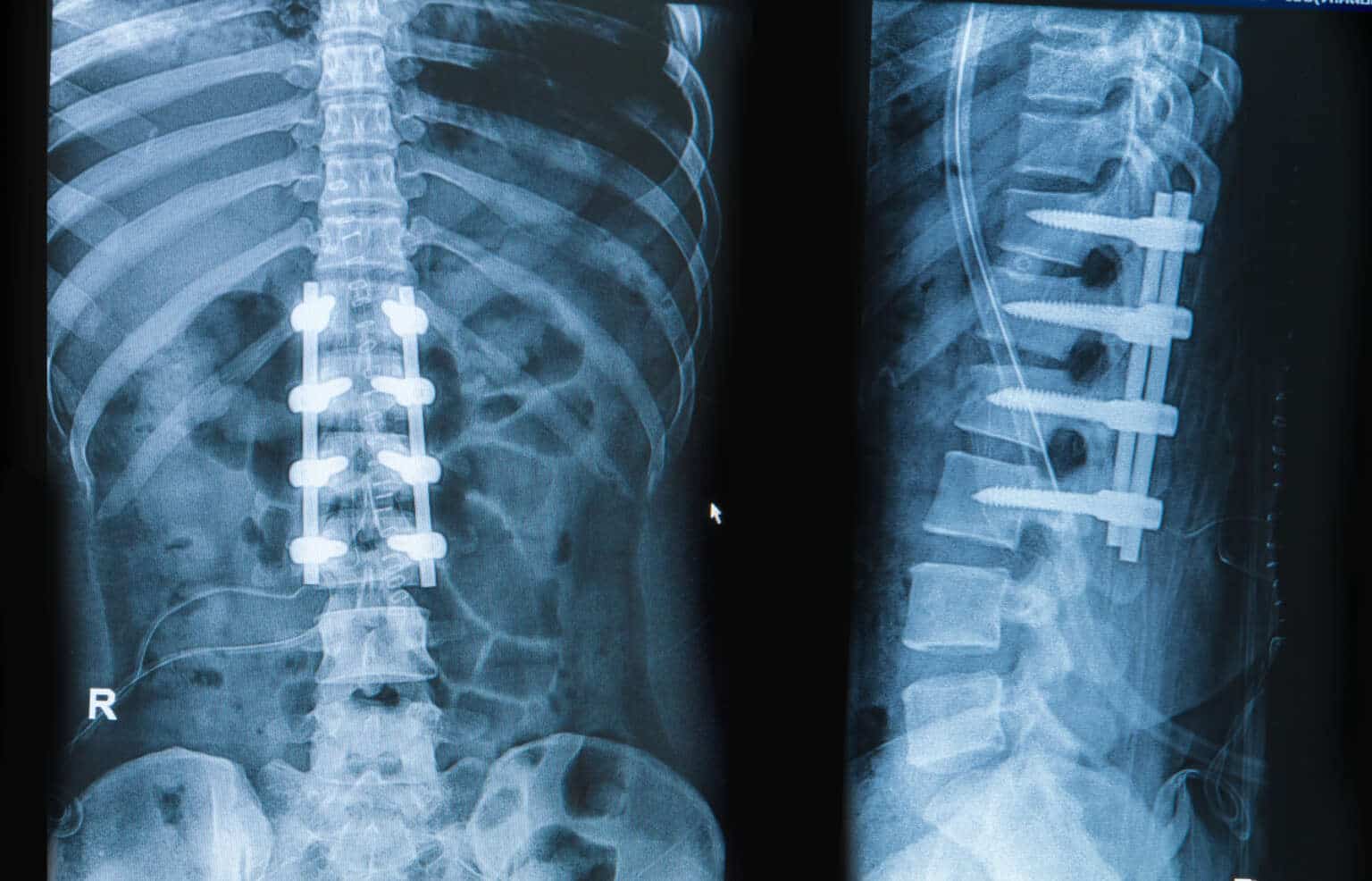What is Anterior Fusion?


What is Anterior Fusion?

Who Needs Anterior Fusion Surgery?
Procedures
An anterior fusion requires an incision on the belly. A spine surgeon and a vascular surgeon work together.
During the procedure, the vascular surgeon moves aside the vessels heading to the legs and creates a path to the spine. The spine surgeon removes the damaged disc and fills the gap between the bones with a spacer bone graft. In addition to restoring height between the bones, the spacer corrects spinal curvature and relieves pinched nerves.
The graft serves as a bridge between the bones and promotes fusion. Some grafts may need reinforcement with metal plates and screws.
During the healing process, new bone grows around the graft. Approximately three to six months after grafting, the vertebrae should fuse into one solid bone.
You may need a one-level or multi-level fusion, depending on your symptoms. When a two-level fusion is performed, it joins three bones, whereas a one-level fusion joins two bones. Fusion will reduce your spine’s flexibility to some extent, but most patients won’t notice a difference.
Recovery
In most cases, patients will be able to stand and walk on the first day after surgery. For your comfort and to protect your surgical fusion, your surgeon may provide you with a back brace.
During the first several weeks following surgery, you will perform basic exercises, such as walking. You should avoid bending your back, twisting, or lifting anything heavy during this time.
